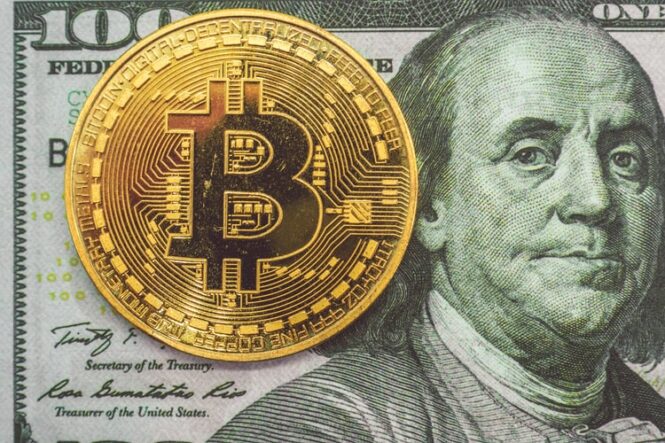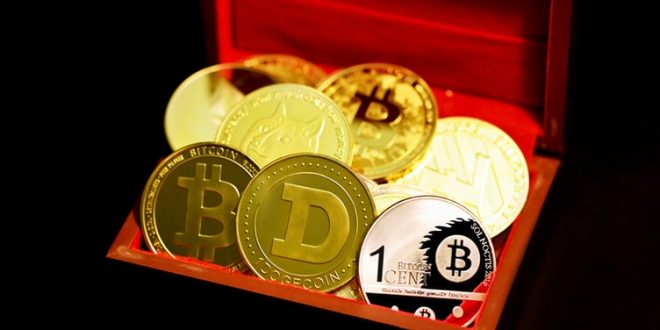Even though most crypto investors, as well as followers, think that Bitcoin is the oldest cryptocurrency in the world, it does not obviously mean that there were no attempts made to develop cryptocurrencies before Bitcoin. This article will talk about all the different kinds of attempts that were made before Bitcoin happened to the world who tried to use similar technology design for various other purposes.
Bitcoin was the first successful project that gained popularity in a very short span of time, it has, nonetheless, been quite stable and currently owns approximately 36 percent of the total market capitalization in present times. Click here to know if the Bitcoin Trader Review is legit or scam.
If we get on with this article, if you are a crypto investor and in search of a powerful trading system or a secure trading environment, visit immediateedgepro.com/pt/login to avail their services.
Cryptocurrencies Before Bitcoin
There were a bunch of cryptocurrencies that were developed before Bitcoin. Here are a few.
1. Linking Cash To Cards In Netherlands

This precedes the premiering of Bitcoin by nearly two decades and hence, reserves the first position in our list today. Every Netherlands is known to be one of the safest places ever, reports of thefts at petrol stations circulated all around which put the lives of incident people and truck drivers at serious risk.
Instead of employing night-shift guards, other security personnel, or Cash registrar, the truck drivers were given special cards and whenever they wanted to access a petrol station, they could make payments by swiping these cards. By using such a system, they ensured that there was no cash for the looters to carry on with their thefts and at the same time, ensuring that nobody was at risk. What is it, if not electronic cash?
2. Web-Based Money

We all know about PayPal, don’t we? It still exists today and is one of the major inventions in America in the 1990s for online payment systems. Why is it significant in our discussion here? It is because PayPal is amongst one of the many attempts from the 90s that wanted to revolutionize the ways of money exchange by coming up with a much faster as well as safer method.
Similar attempts were made that were inspired by PayPal like e-Gold that sought to provide online credits when exchanged with precious metals like gold and others. However, cybercrime and scamming became a common sight in the case of e-Gold and saw its last days in the year 2005 when the government shut it down eventually.
3. Blinded Cash

The founders of PayPal found their inspiration from the concept of Blinded Cash that was first developed by David Chaum. He was no less than a pioneer of cryptography. His paper titled, Untraceable Electronic Mail, Return Addresses, and Digital Pseudonyms, talks about the exact same things (but much more updated now) that are the ground on which all blockchain companies stand upon.
His research in computer science culminated with the ecash app wherein he successfully designed a system that can maintain anonymity as well developed crypto protocols that are now emulated to perfection.
Some of these protocols include signature or encryptions to maintain anonymity, mix networks, and many more. Digicash was founded by him that soon went into bankruptcy by 1988, but nevertheless is acclaimed as one of the first indications that weighed the potential of cryptocurrency.
4. B-Money

B-Money is one of the first cryptocurrency systems ever built. It was designed by a computer engineer called Wei Dai who was of Chinese origin. Does this name sound familiar? Of course, it does. After all, the smaller unit of cryptographic token of the second-ranked blockchain company today, Ethereum.
Wei is the one who developed an open-source library called the Crypto++ which is still available. It mostly consists of algorithms and protocols that were once written by the computer engineer. B-money is another invention of his which is basically an electronic cash system that has protocols to run in an anonymous and decentralized manner.
The way Wei has been influential if we compare his primitive model with that of Bitcoin will leave everyone in awe and wonder. Both are based on the Proof-of-Work algorithm (PoW), work done being rewarded by funds and authenticated in a ledger book, funds exchanged being authenticated by cryptographic hashes.
How do we know this? The developer of Bitcoin who goes by the pseudonym of Satoshi, when provided the white paper of Bitcoin, came to notice how Satoshi referenced certain key elements of b-money. This undeniably implies the kind of influence b-money had in the world cryptocurrency.
5. Bit-Gold

Bit-Gold was a cryptographic contemporary to b-money. It was developed in 1998 by a computer scientist named Nick Szabo. Much like Bitcoin’s Proof-of-Work system, bit-gold also had the same algorithm in-built to its system.
We have all heard about smart contracts which are the transaction protocols that are automatically recorded, haven’t we? This was a term coined by Szabo. Smart contracts slowly developed to be an indispensable part of the crypto world today!
If we were to think of the precursor of Bitcoin today, it would be none other than Bit-Gold. Szabo designed a decentralized cryptocurrency even though it was not ever actualized. It was merely a proposal but it changed the way the world was transacting soon after Bitcoin happened.
Wrapping Up
Even though these applications and design protocols do not amount to much, it still is one of the major milestones that happened in the world and the rise of cryptocurrencies. Apart from these, a 90s invention called the Hashcoin was another crypto project launched. It also used the PoW algorithm but faced similar issues accompanied by the implementation of PoW algorithm, that is, increasing power need.
However, knowing about these projects really tells you that Bitcoin did not happen overnight but rather is a product of a long history of evolution. It has come a long way and still has a long way to go.
 Imagup General Magazine 2024
Imagup General Magazine 2024



